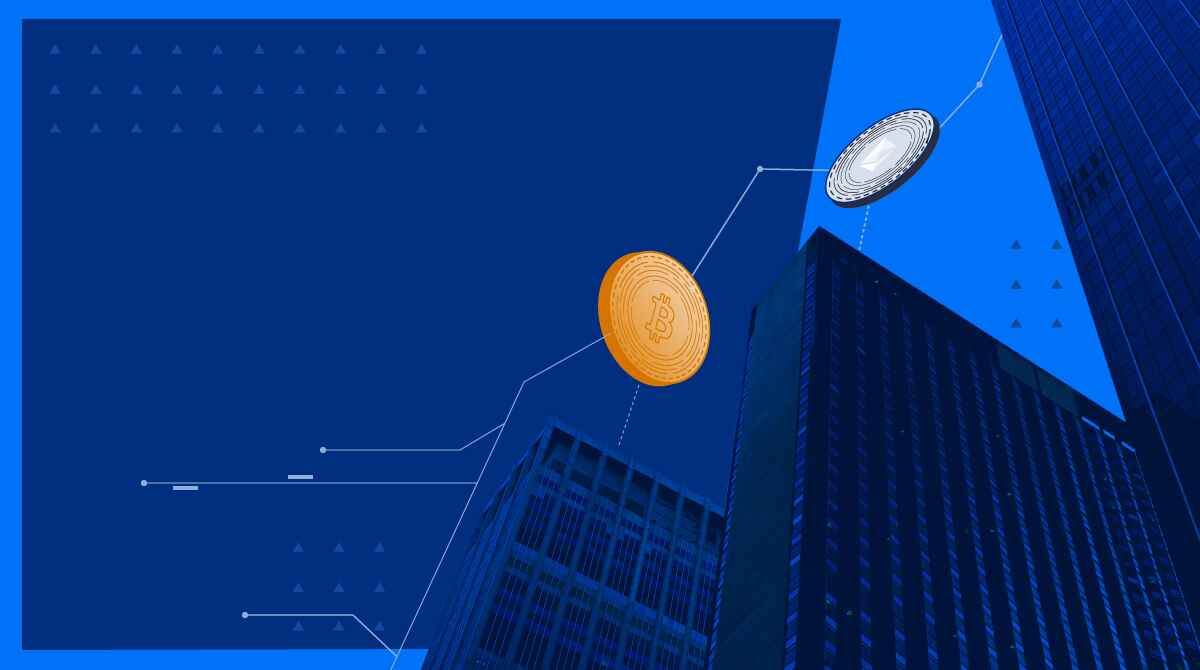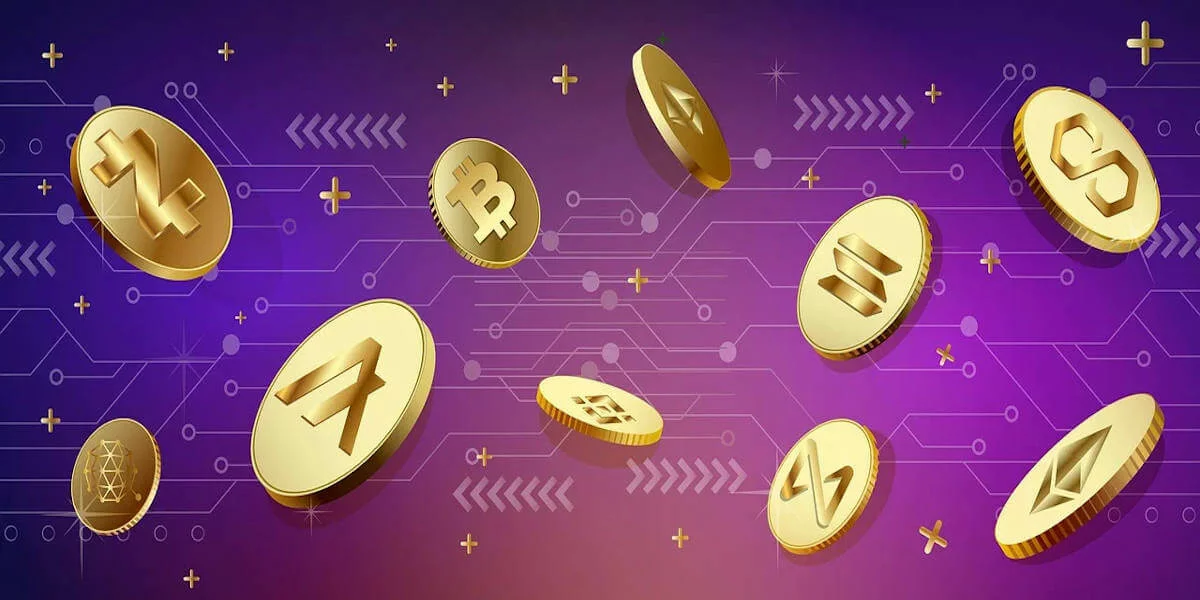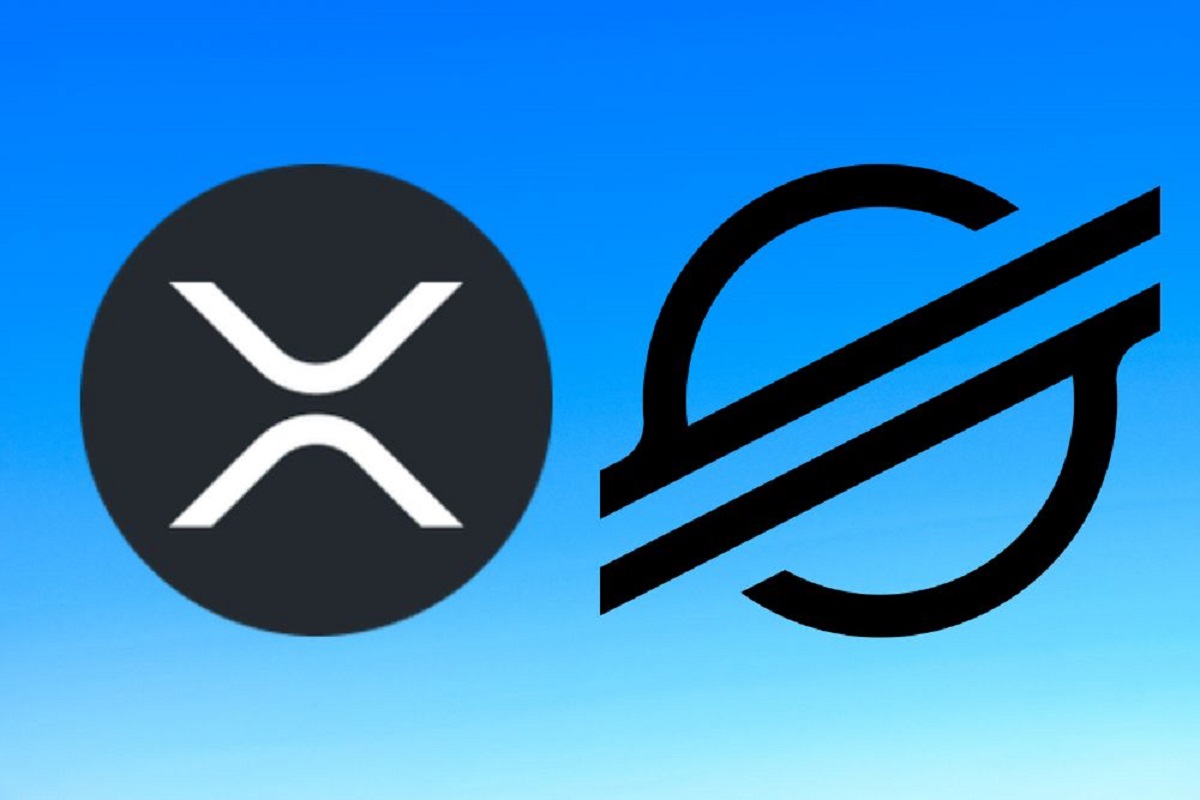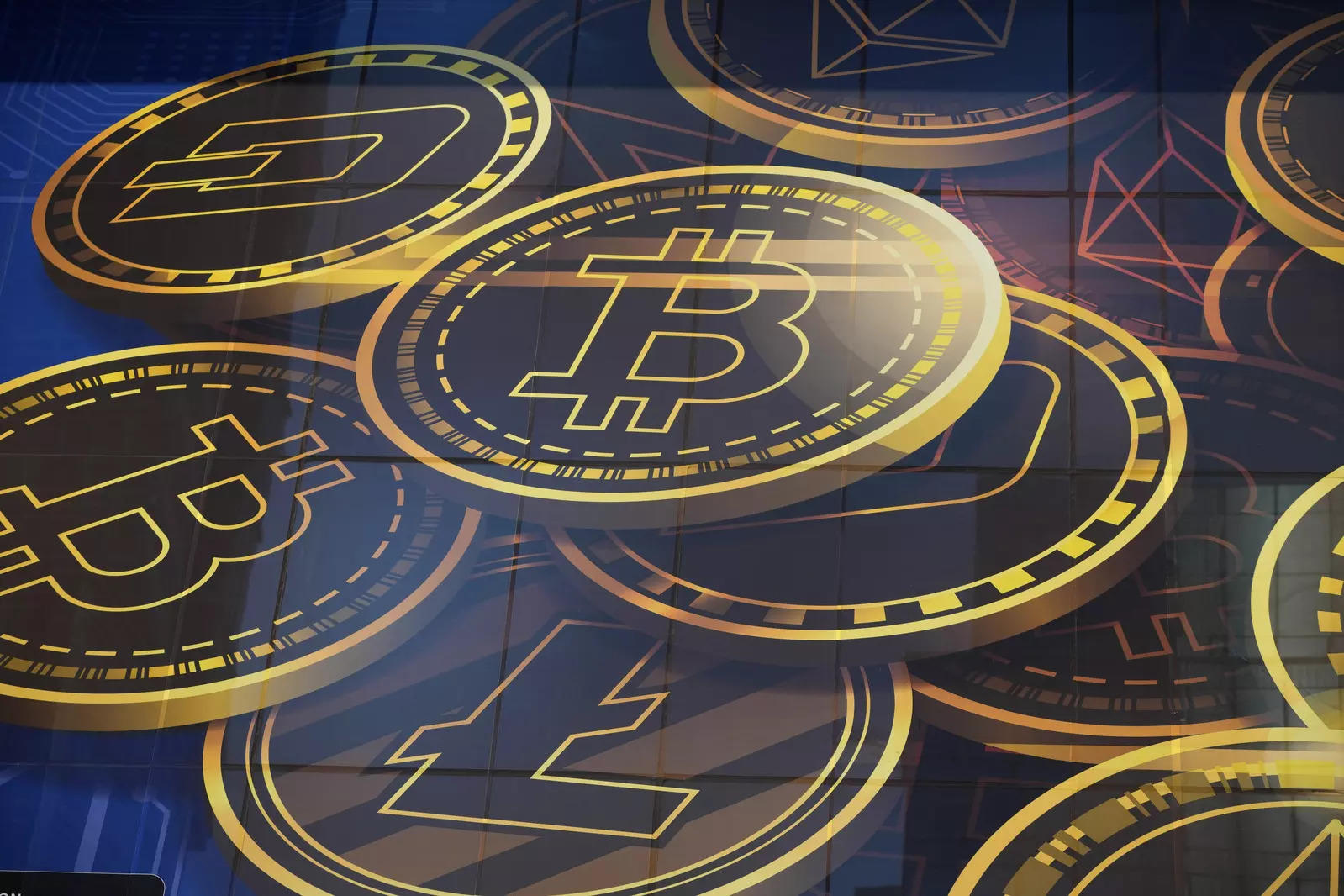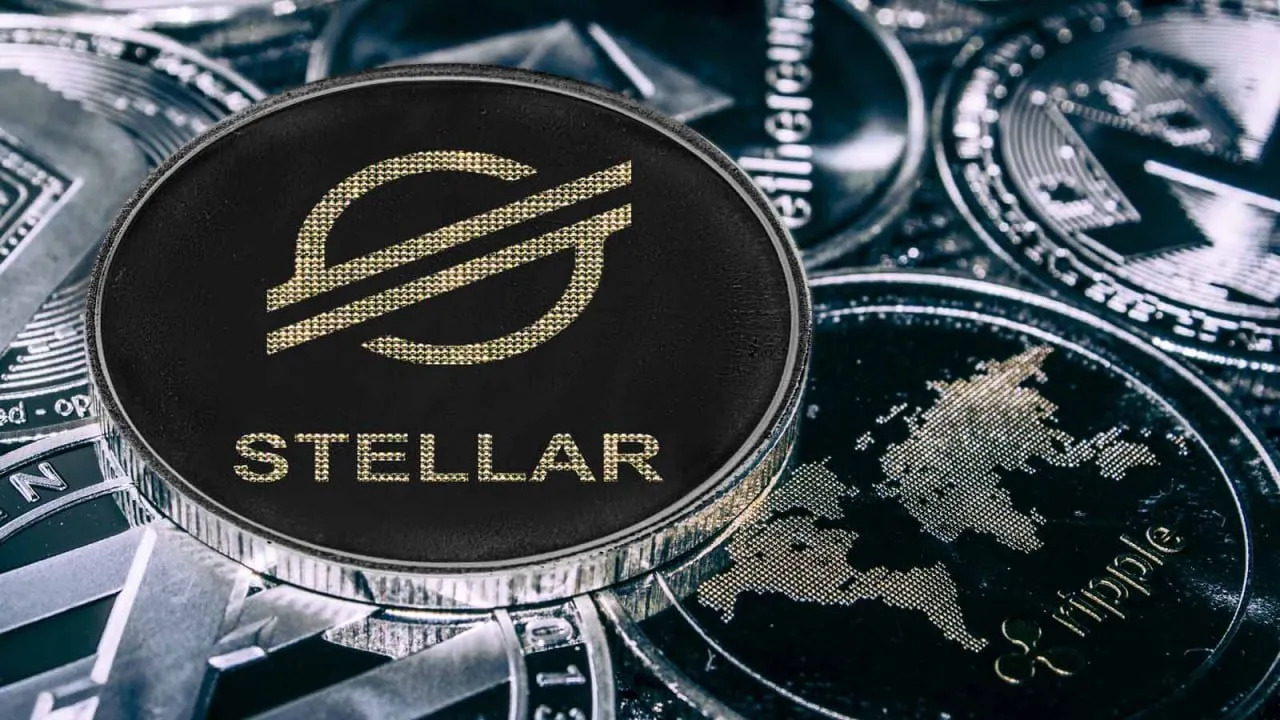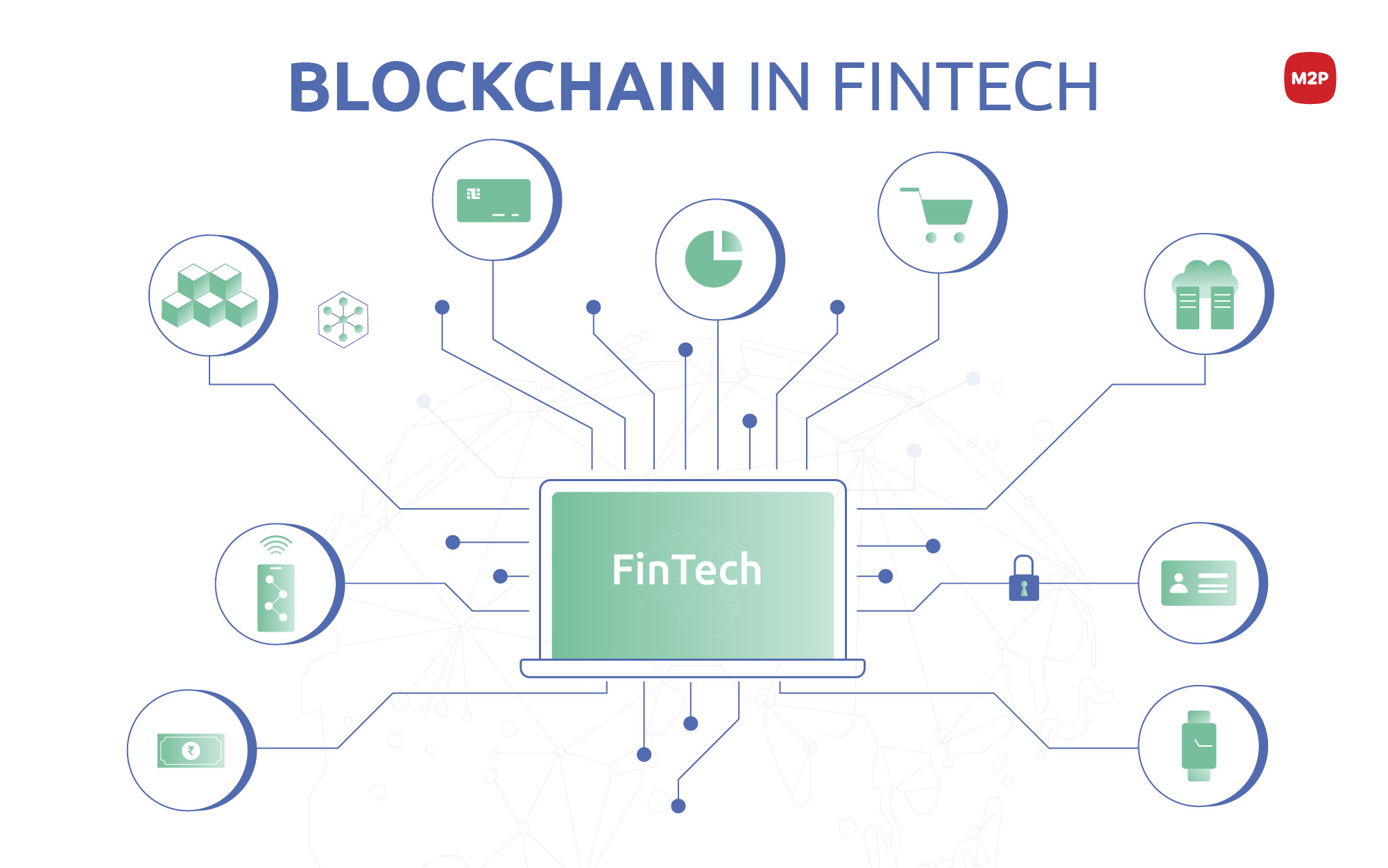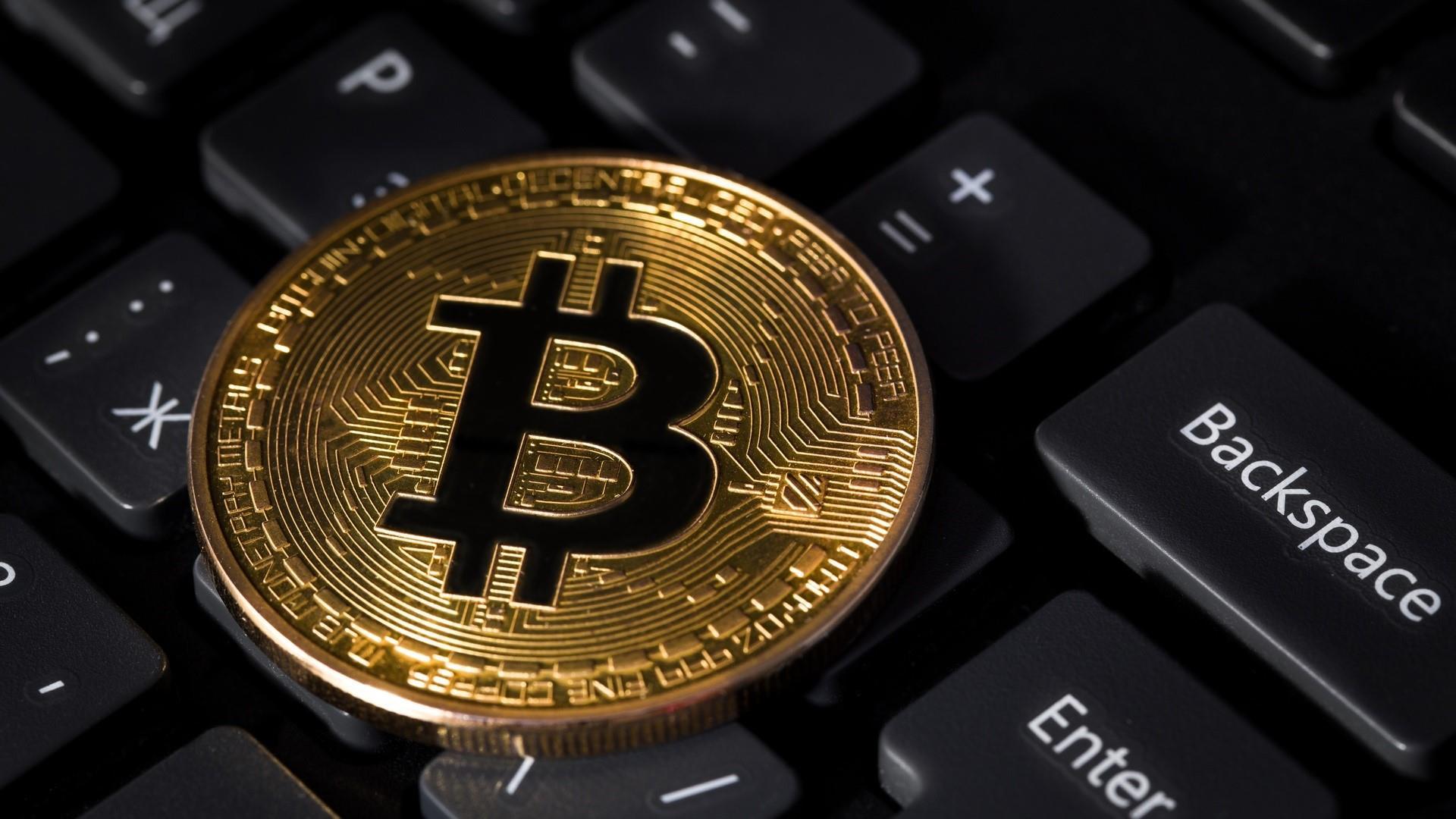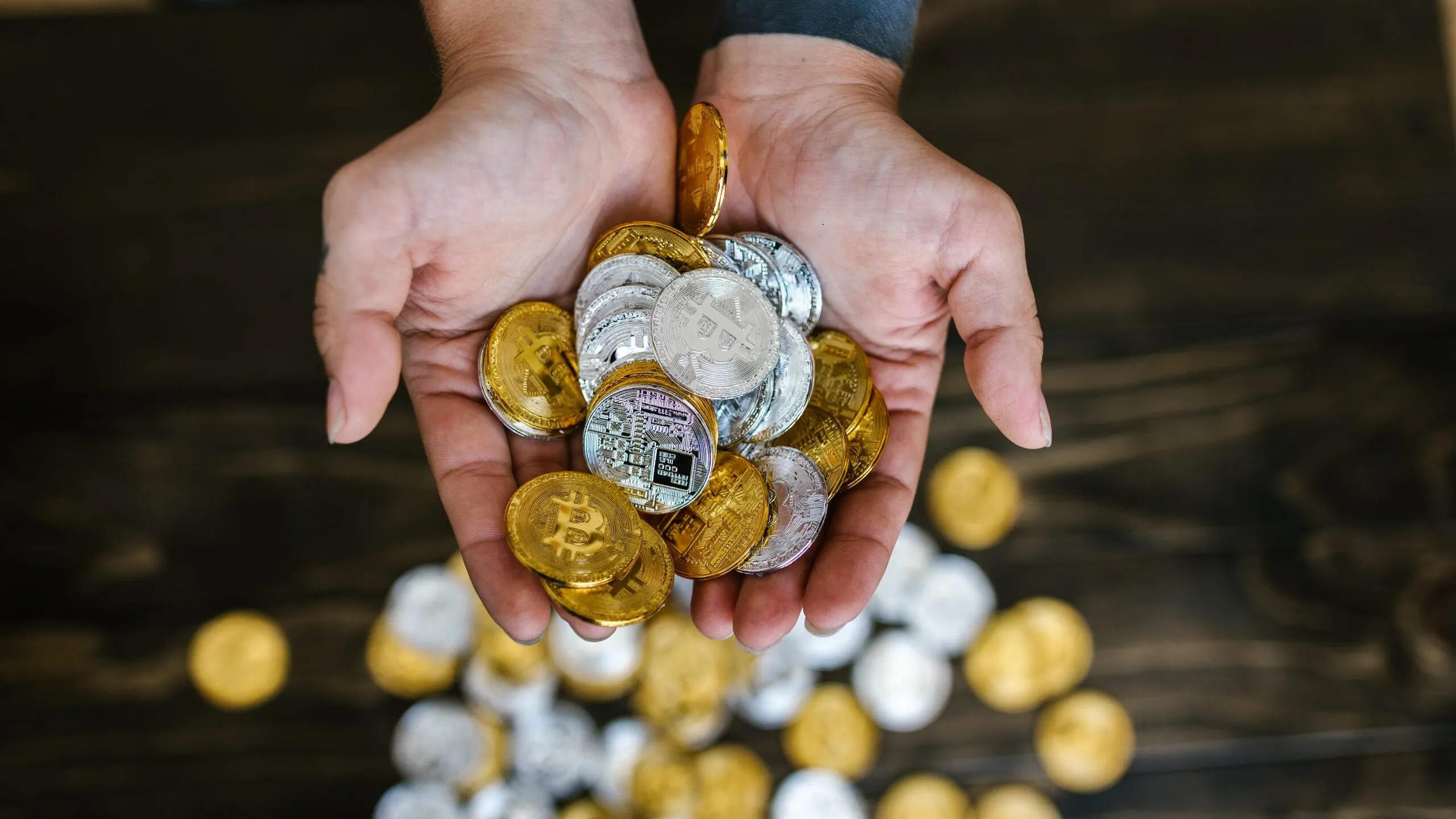Introduction
Tokenization has become an increasingly popular concept in the world of finance and banking. Essentially, it involves converting a physical or digital asset into a digital token that can be securely stored and transferred on a blockchain. While tokenization has been widely associated with cryptocurrencies, the use cases go far beyond that. In this article, we will explore how banks can leverage tokenization to transform their currencies into digital assets.
Traditionally, bank-issued currencies have been centrally managed and regulated by central banks. However, with the rise of blockchain technology, banks are now considering the possibilities of tokenizing their currencies. By tokenizing their currencies, banks can create digital representations of their fiat currencies, which can be easily transacted and stored on a blockchain.
Tokenization offers several advantages for banks. Firstly, it enables faster and more efficient cross-border transactions, eliminating the need for intermediaries and reducing transaction fees. Additionally, it allows for greater transparency and traceability of transactions, enhancing the security and integrity of the financial system. Furthermore, tokenized currencies can facilitate innovative financial services, such as digital wallets and microtransactions, opening up new possibilities for financial inclusion and accessibility.
In this article, we will delve into the various use cases of tokenized bank-issued currencies. From cross-border payments and remittances to digital wallets and smart contracts, we will explore how tokenization can revolutionize the way financial services are conducted. So, let’s dive deeper into these exciting use cases and explore the potential benefits they offer for banks and their customers alike.
What is tokenization?
Tokenization is the process of converting a physical or digital asset into a digital token that can be stored, transferred, and verified on a blockchain network. In the context of banking and finance, tokenization refers to transforming traditional bank-issued currencies into digital assets using blockchain technology.
When a bank tokenizes its currency, it creates a digital representation of the fiat currency on a blockchain. This digital representation, or token, is backed by the equivalent amount of physical currency held by the bank. The token can then be securely transferred and stored on a blockchain, enabling instant and efficient transactions.
One of the key aspects of tokenization is the use of smart contracts. Smart contracts are self-executing contracts with the terms of the agreement written into code on the blockchain. They automatically execute the terms and conditions of a transaction when specified conditions are met.
By incorporating smart contracts into tokenization, banks can add an extra layer of functionality and automation to their digital currencies. Smart contracts can enable programmable money, allowing for conditional transfers, automated payments, and even the integration of financial services with other blockchain-based applications.
Tokenization also provides benefits such as increased security and transparency. Each token on the blockchain is uniquely identifiable, making it easy to track and verify transactions. This transparency helps prevent fraud and enables greater trust in the transaction process.
Furthermore, tokenization unlocks liquidity by creating a digital representation of an asset that can be easily divided and exchanged. This opens up new possibilities for fractional ownership of assets and allows for the seamless transfer of digital tokens between different participants.
Overall, tokenization revolutionizes the way traditional currencies are managed and transacted. It enhances security, speed, and efficiency while providing the flexibility to integrate with other blockchain-based applications. With tokenization, banks can explore innovative financial services and pave the way for a more inclusive and accessible financial landscape.
Why would a bank want to tokenize its currency?
Tokenizing a bank-issued currency offers numerous benefits for banks and their customers. Let’s explore some of the key reasons why a bank would choose to tokenize its currency:
1. Enhanced efficiency: Tokenization streamlines the process of transactions, making them fast and efficient. By eliminating intermediaries and leveraging blockchain technology, banks can facilitate near-instantaneous cross-border transactions, reducing settlement times from days to just minutes. This efficiency not only improves customer experience but also reduces operational costs for banks.
2. Cost savings: Tokenization eliminates the need for traditional intermediaries and associated fees. Banks can bypass the complex and costly network of correspondent banks or payment processors, resulting in significant cost savings. These savings can be passed on to customers, resulting in lower transaction fees and better financial services affordability.
3. Increased financial inclusion: By digitizing their currencies, banks can extend financial services to the unbanked or underbanked populations. Tokenization enables the creation of digital wallets that can be accessed by anyone with a smartphone, providing a convenient and secure method for managing finances. This opens up avenues for greater financial inclusion and access to banking services for marginalized populations.
4. Seamless cross-border payments: Tokenized currencies simplify the process of cross-border payments. Traditional methods often involve multiple intermediaries, leading to high costs, delays, and complexities. With tokenization, banks can facilitate direct peer-to-peer transactions across borders, bypassing intermediaries and reducing fees. This makes cross-border payments faster, cheaper, and more transparent.
5. Improved security and transparency: Blockchain technology provides inherent security features that enhance the trust and integrity of transactions. By tokenizing their currencies, banks can leverage the immutability and transparency of the blockchain to prevent fraud and counterfeiting. Each tokenized transaction is recorded on the blockchain, making it traceable and auditable, thereby increasing transparency in the financial system.
6. Integration of smart contracts: Tokenization enables the integration of smart contracts, which are self-executing and programmable contracts. With smart contracts, banks can automate various financial processes, such as automatic interest payments or conditional transfers based on predefined rules. Smart contracts add efficiency, accuracy, and flexibility to financial transactions, providing a more streamlined and automated banking experience.
7. Innovation and adaptability: Tokenization opens up avenues for innovation and collaboration. Banks can partner with fintech startups and developers to create new financial services and applications built on top of their tokenized currencies. This collaborative approach fosters an ecosystem of innovation and allows banks to adapt to evolving customer needs and market trends.
Overall, tokenizing a bank-issued currency offers advantages in terms of efficiency, cost savings, financial inclusion, security, and innovation. By embracing tokenization, banks can create a more modern and customer-centric financial ecosystem, providing enhanced services and opportunities for their customers.
Use case 1: Cross-border payments
Tokenization brings significant advantages to the realm of cross-border payments, addressing the challenges associated with traditional methods. Here’s how tokenized bank-issued currencies improve cross-border payments:
1. Speed and efficiency: Cross-border transactions often suffer from lengthy processing times and multiple intermediaries, resulting in delays and high costs. With tokenization, banks can enable near-instantaneous cross-border payments. Instead of relying on correspondent banks and clearing houses, tokenized transactions can be settled directly between the parties involved. This eliminates the need for multiple layers of verification and significantly reduces the time required for funds to reach the recipient.
2. Cost reduction: Traditional cross-border payments involve various fees, including transaction fees, currency conversion fees, and intermediary fees. By tokenizing the currency, banks can eliminate or minimize many of these costs. Tokenized transactions can bypass the traditional banking system, reducing the need for intermediaries and associated fees. Additionally, tokenization allows for seamless currency conversions, which can help avoid additional charges typically associated with traditional foreign exchange services.
3. Security and transparency: Tokenization enhances the security and transparency of cross-border payments. Each tokenized transaction is recorded on the blockchain, providing an immutable and transparent ledger of all transactions. This transparency helps prevent fraud and provides a reliable audit trail. Additionally, the inherent security features of blockchain, such as encryption and decentralized verification, add an extra layer of protection to cross-border transactions.
4. Simplified compliance: Cross-border payments often involve complex compliance processes, including anti-money laundering (AML) and know your customer (KYC) regulations. By tokenizing currencies and leveraging blockchain technology, banks can streamline compliance procedures. The transparency of the blockchain allows for better monitoring and traceability of transactions, facilitating compliance with regulatory requirements and reducing the risk of illicit activities.
5. Improved accessibility: Tokenization makes cross-border payments more accessible to individuals who do not have access to traditional banking services. With tokenized currencies, anyone with a digital wallet can engage in cross-border transactions, regardless of their geographical location or access to banking infrastructure. This opens up opportunities for greater financial inclusion, enabling individuals and businesses in underserved regions to participate in the global economy.
6. Enhanced user experience: Tokenization simplifies the process of cross-border payments, offering a better user experience. With tokenized currencies, users can send and receive funds directly from their digital wallets, eliminating the need for cumbersome banking processes and intermediaries. The user-friendly nature of digital wallets, coupled with the speed and efficiency of tokenized transactions, provides a seamless and convenient cross-border payment experience for individuals and businesses alike.
Tokenization revolutionizes cross-border payments, making them faster, more affordable, secure, and accessible. By harnessing the power of blockchain technology, banks can overcome the limitations of traditional cross-border payment systems, paving the way for a more efficient and inclusive financial ecosystem.
Use case 2: Remittances
Remittances, the transfer of money from individuals working abroad to their home countries, play a crucial role in many economies. Tokenization offers several advantages for remittances, improving the process for both senders and recipients. Let’s explore the benefits of tokenizing bank-issued currencies for remittance transactions:
1. Speed and efficiency: Traditional remittance methods often involve multiple intermediaries and can take several days or even weeks for funds to reach the recipient. By tokenizing the currency, banks can facilitate near-instantaneous remittance transactions. The use of blockchain technology ensures quick settlement and eliminates the need for intermediaries, significantly reducing the time and cost associated with remittances.
2. Lower costs: Remittance services have traditionally been associated with high transfer fees, which can eat into the funds sent by migrant workers. Tokenization allows for more cost-effective remittance transactions. By eliminating intermediaries and optimizing the process, tokenized remittances can offer lower fees, ensuring that a higher percentage of the funds sent reach the intended recipients.
3. Financial inclusion: Remittances are crucial for many individuals and families in developing countries who rely on these funds for their livelihoods. Tokenized currencies make remittances more accessible to those who do not have access to traditional banking services. Digital wallets and mobile applications enable recipients to easily receive, store, and utilize the funds, without the need for a traditional bank account. This fosters financial inclusion and provides opportunities for individuals and communities to participate in the formal financial system.
4. Improved transparency: Tokenization enhances the transparency of remittance transactions. Every tokenized transaction is recorded on the blockchain, creating a transparent and immutable ledger. This transparency helps prevent fraud and ensures that remittance transactions are traceable and auditable. Both senders and recipients can have confidence in the integrity of the remittance process.
5. Security: Tokenized remittances offer enhanced security compared to traditional methods. Blockchain technology provides robust encryption and decentralized verification, making it extremely difficult for unauthorized parties to manipulate or intercept remittance transactions. This level of security provides peace of mind to both senders and recipients, protecting their hard-earned money during the transfer process.
6. Automation and convenience: Tokenization enables the integration of smart contracts into remittance transactions. Smart contracts allow for automatic execution of predefined conditions, such as releasing funds to the recipient upon verification of identity or fulfillment of specific requirements. This automation streamlines the remittance process, reducing the need for manual intervention and providing a convenient and seamless experience for both senders and recipients.
Tokenization of bank-issued currencies revolutionizes the remittance industry, offering faster, cheaper, more secure, and inclusive transactions. By leveraging blockchain technology, banks can provide a seamless and efficient remittance experience, empowering individuals and families around the world to receive their hard-earned money quickly and reliably.
Use case 3: Digital wallets
Digital wallets have gained popularity as a convenient and secure way to manage financial transactions and assets. Tokenization of bank-issued currencies opens up new possibilities for digital wallets, providing a seamless and efficient user experience. Let’s explore the benefits and use cases of digital wallets powered by tokenized currencies:
1. Convenience and accessibility: Digital wallets allow individuals to store, manage, and transact with their tokenized bank-issued currencies easily. Users can access their funds anytime, anywhere, using their mobile devices, eliminating the need to carry physical cash or rely on traditional banking services. Digital wallets enable individuals to participate in the digital economy, providing a convenient and accessible means of financial inclusion.
2. Seamless transactions: Tokenized bank-issued currencies enable frictionless transactions within digital wallets. Users can exchange tokens directly with other users or merchants, facilitating quick and secure payments. Tokenization eliminates the need for traditional banking intermediaries, streamlining the transaction process and reducing fees and delays commonly associated with traditional payment methods.
3. Cross-platform compatibility: Digital wallets can be designed to work across different platforms and devices, catering to the diverse preferences of users. Whether it’s a mobile app, web-based platform, or dedicated hardware wallet, tokenization allows digital wallets to function seamlessly across multiple systems. This flexibility ensures that users can access their funds and make transactions regardless of the technology they prefer.
4. Enhanced security: Digital wallets powered by tokenized bank-issued currencies offer robust security measures. The encryption and decentralized verification provided by blockchain technology ensure the privacy and integrity of the transactions. Additionally, tokenization eliminates the risk of physical theft or loss of cash, as all funds are stored digitally in a secure environment. User authentication measures, such as biometric identification or multi-factor authentication, further enhance the security of digital wallet transactions.
5. Integration with other financial services: Tokenized currencies in digital wallets enable integration with a wide range of financial services. Users can seamlessly link their digital wallets to other platforms or applications, such as investment platforms, lending services, or loyalty reward programs. This integration allows for a holistic financial management experience, simplifying the management of multiple financial activities within a single digital wallet ecosystem.
6. Micropayments and microtransactions: Digital wallets powered by tokenized bank-issued currencies pave the way for micropayments and microtransactions. Tokenization enables the division of currencies into smaller fractions, making it cost-effective and feasible to perform transactions of tiny amounts. This opens up possibilities for new business models, such as pay-per-use services or micro-donations, that were previously limited by high transaction costs associated with traditional payment channels.
Digital wallets utilizing tokenized bank-issued currencies provide a user-friendly, secure, and versatile financial management solution. The convenience, accessibility, and interoperability of digital wallets, coupled with the benefits of tokenization, offer individuals and businesses a modern and efficient way to manage their financial transactions and embrace the digital economy.
Use case 4: Microtransactions
Tokenization of bank-issued currencies opens up exciting possibilities for microtransactions, enabling the seamless exchange of small amounts of value for various goods and services. Let’s explore the benefits and use cases of tokenized currencies in microtransactions:
1. Cost-efficient transactions: Traditional payment methods often incur high fees for small-value transactions, making microtransactions economically unviable. Tokenization reduces transaction costs, eliminating the need for intermediaries and reducing processing fees. This cost efficiency allows for microtransactions to be conducted in a cost-effective manner, enabling frictionless exchanges of small amounts of value.
2. New revenue streams: Microtransactions create new opportunities for content creators, developers, and service providers to monetize their offerings. By tokenizing their currencies, banks can facilitate micropayments for digital content such as music, articles, videos, or in-game items. This opens up revenue streams that were previously challenging to tap into due to the limitations of traditional payment systems.
3. Agile and real-time transactions: Microtransactions often occur in real-time, requiring quick and seamless processing. Tokenized currencies offer faster transaction times compared to traditional payment methods. The decentralized nature of blockchain technology enables immediate verification and settlement, ensuring the agility required for microtransactions.
4. Seamless integration with IoT and smart devices: The rise of the Internet of Things (IoT) has brought about a new era of interconnected devices that can engage in transactions autonomously. Tokenized currencies facilitate microtransactions between these devices, allowing for seamless and secure exchanges of value. For example, smart meters could automatically pay for the consumption of utilities in real-time, or autonomous vehicles could pay for tolls or parking fees without human intervention.
5. Decentralized marketplaces: Tokenized currencies enable the growth of decentralized marketplaces where users can engage in peer-to-peer buying and selling of digital assets or services. These marketplaces can facilitate microtransactions, allowing users to pay small amounts for individual pieces of content or services. Tokenization provides the necessary infrastructure for trustless transactions, ensuring the security and integrity of these decentralized marketplaces.
6. Loyalty rewards and incentives: Tokenized currencies in microtransactions can be utilized for loyalty rewards and incentives programs. Banks can implement reward systems where customers receive tokens for their purchases or specific actions, which can then be used to redeem discounts, exclusive content, or other benefits. These micro-rewards create additional value for customers and encourage continued engagement with the brand or service.
7. Donations and charitable giving: Tokenized currencies make it easier to facilitate micro-donations and charitable giving. Users can contribute tiny amounts of value to various causes and projects, providing an accessible way for individuals to make a difference. Tokenization ensures transparency and traceability, allowing donors to track how their contributions are utilized.
The tokenization of bank-issued currencies revolutionizes microtransactions, making them economically viable, efficient, and seamless. The benefits of reduced costs, real-time transactions, integration with IoT, and the growth of decentralized marketplaces open up new opportunities for businesses, content creators, developers, and consumers to engage in microtransactions in various domains.
Use case 5: Smart contracts
Smart contracts, self-executing agreements written in code, have the potential to revolutionize the way transactions are conducted. Tokenized bank-issued currencies can seamlessly integrate with smart contracts, offering numerous benefits and use cases. Let’s explore how smart contracts powered by tokenized currencies can transform financial services:
1. Automation of financial transactions: Smart contracts automate financial transactions by executing predefined conditions written in code. Tokenized currencies enable the use of smart contracts in various financial services, such as automatic interest payments, loan disbursements, or dividend distributions. This automation streamlines the process, eliminates manual intervention, and ensures accuracy and efficiency in financial transactions.
2. Conditional transfers: Smart contracts can enable conditional transfers of tokenized currencies. For example, a smart contract can be programmed to release funds to a beneficiary only when specific conditions are met, such as the completion of a service or the fulfillment of contractual obligations. This conditional transfer functionality adds an extra layer of security and ensures that funds are released only when the agreed-upon conditions are satisfied.
3. Seamless integration with supply chain finance: Tokenized currencies and smart contracts can be leveraged to optimize supply chain finance. Smart contracts can automate the payment process in supply chain transactions, triggered by predefined conditions such as the successful delivery of goods or the verification of quality. By tokenizing the currency, the transaction process becomes more streamlined, transparent, and efficient, reducing delays and disputes in the supply chain.
4. Escrow services: Smart contracts powered by tokenized currencies can facilitate secure and transparent escrow services. In transactions where a third party holds funds until the completion of certain conditions, smart contracts simplify the process by automatically releasing the funds when the conditions are met. This eliminates the need for intermediaries and reduces costs, providing a reliable and efficient alternative to traditional escrow services.
5. Decentralized finance (DeFi): DeFi platforms leverage smart contracts and tokenized currencies to offer decentralized financial services. These platforms enable users to engage in various financial activities, such as lending, borrowing, or trading, without the need for traditional intermediaries. Tokenized currencies provide liquidity and ease of use within these platforms, allowing users to access financial services in a more inclusive and efficient way.
6. Programmable money: Tokenized currencies in smart contracts enable programmable money, extending the capabilities of traditional currencies. Smart contracts can be programmed to automatically perform certain actions when triggered by specific events or conditions. For example, an insurance smart contract can autonomously pay out claims based on predefined terms, reducing the time and complexity associated with traditional claims processes.
7. Streamlined compliance: Tokenized currencies and smart contracts help streamline compliance processes in financial transactions. Compliance requirements can be embedded into the code of smart contracts, ensuring that transactions adhere to regulatory obligations automatically. This reduces the burden on banks and other financial institutions, allowing for more efficient and transparent compliance procedures.
The integration of smart contracts with tokenized bank-issued currencies unlocks a world of possibilities in financial services. From automated transactions and conditional transfers to supply chain finance and decentralized finance, smart contracts provide an efficient, secure, and transparent way to conduct a wide range of financial activities.
Conclusion
Tokenization of bank-issued currencies presents compelling use cases and benefits across multiple areas of financial services. By leveraging blockchain technology and smart contracts, banks can revolutionize the way currencies are transacted, managed, and integrated into various financial applications. The use cases discussed in this article highlight the transformative potential of tokenized currencies:
Cross-border payments can become faster, more affordable, and transparent, eliminating intermediaries and reducing settlement times. Remittances can be streamlined, offering cost-effective and accessible solutions for individuals and families around the world. Digital wallets powered by tokenized currencies provide a convenient and secure means of managing financial transactions, enabling financial inclusion and integration with other services.
Microtransactions, once hindered by high fees and limited functionality, can thrive with tokenized currencies, allowing for frictionless exchanges of small amounts of value and enabling new revenue streams for content creators and service providers. Smart contracts, combined with tokenized currencies, automate financial transactions and open up possibilities for secure conditional transfers, supply chain finance, escrow services, and decentralized finance applications.
In conclusion, tokenization of bank-issued currencies offers numerous advantages for banks, businesses, and consumers. From increased efficiency and cost savings to improved security, transparency, and accessibility, the benefits of tokenization are far-reaching. By embracing this technology, banks can unlock new opportunities for innovation, financial inclusion, and customer-centric financial services. As the world becomes increasingly digital, tokenized currencies pave the way for a more interconnected and efficient future in the realm of financial services.







